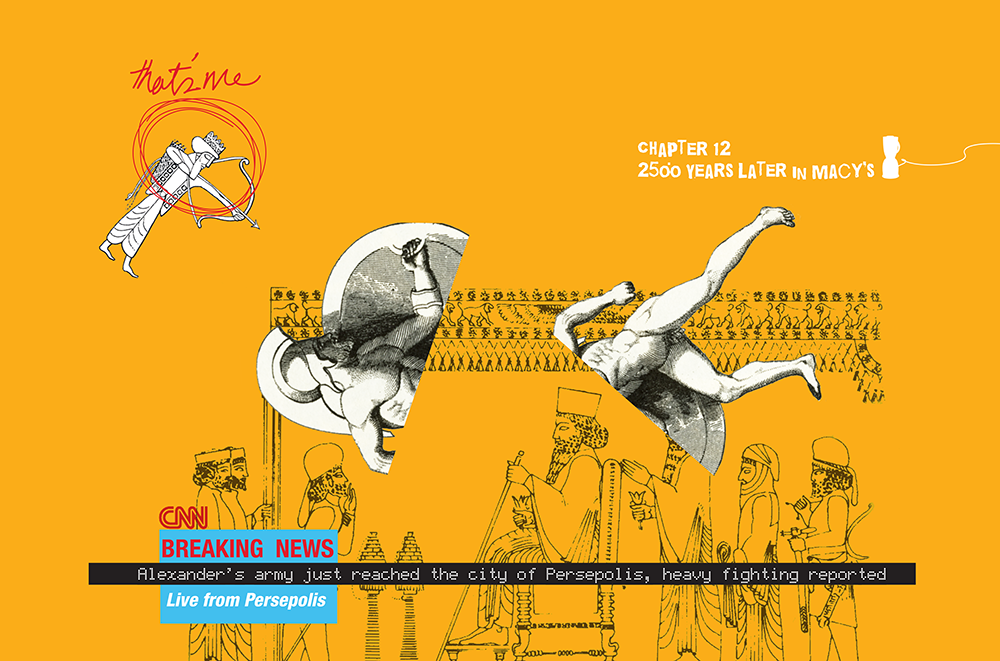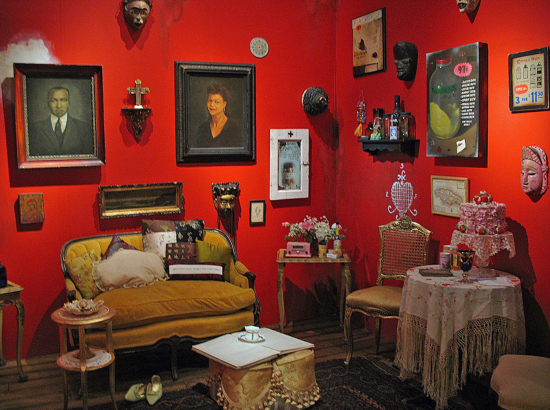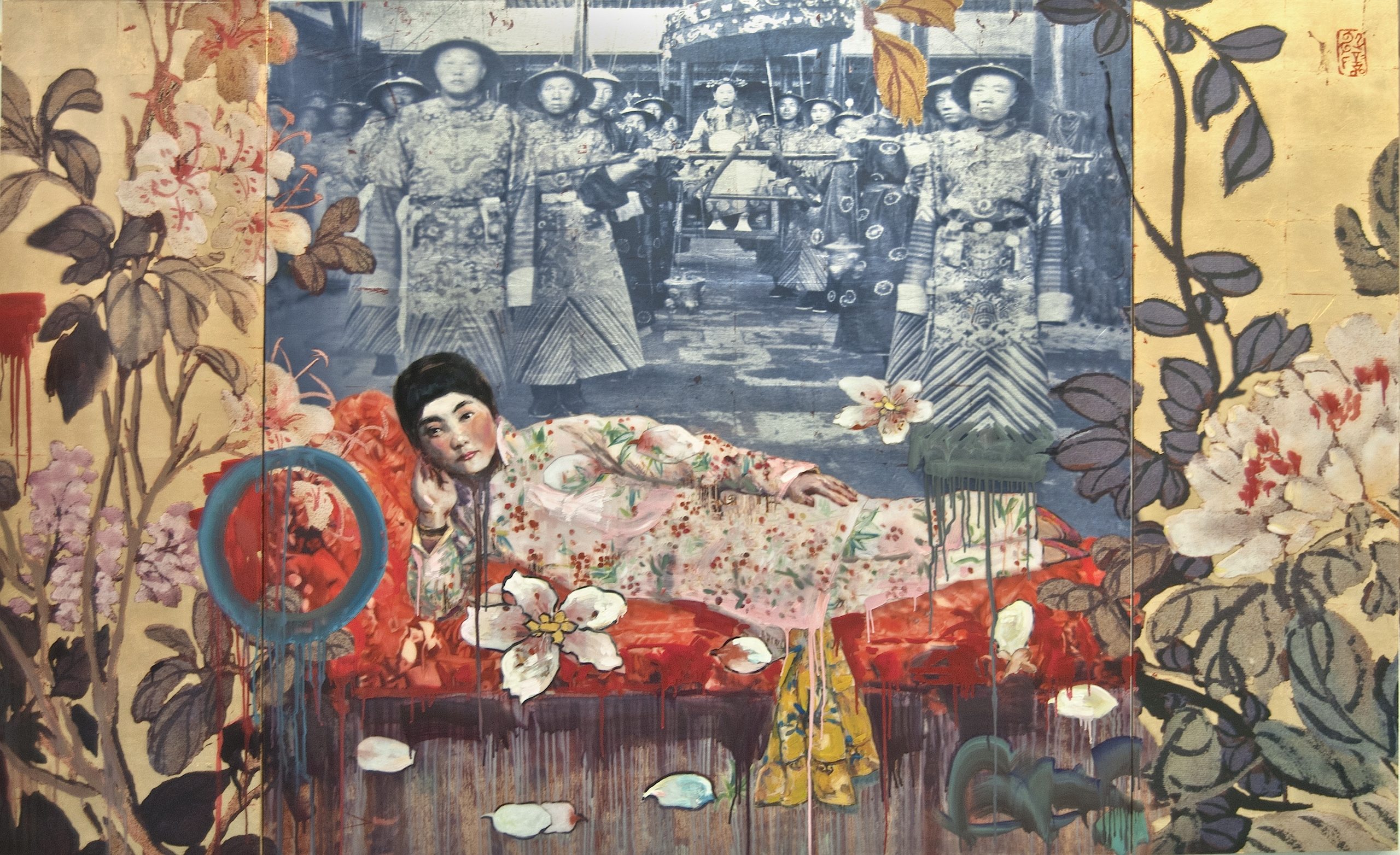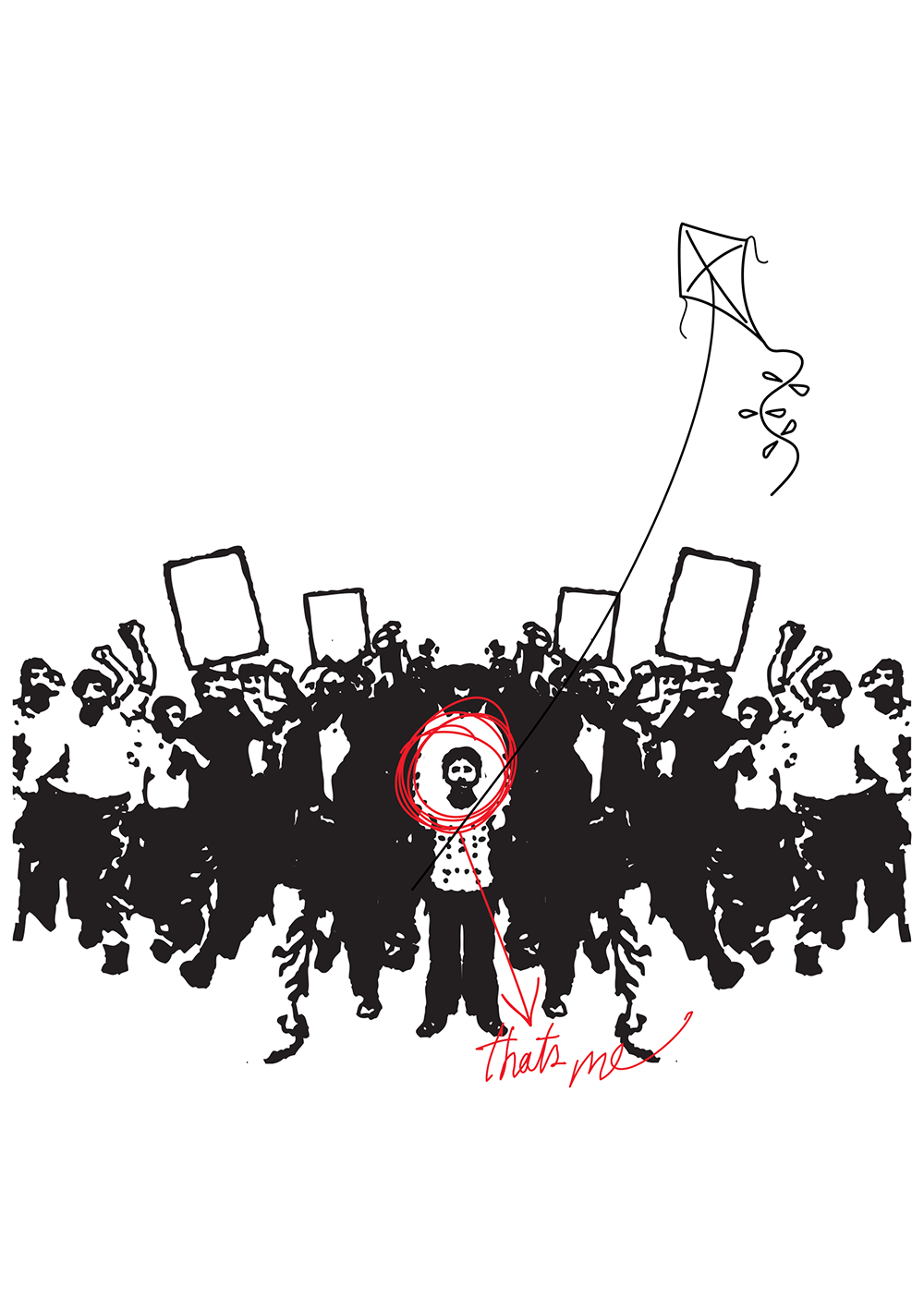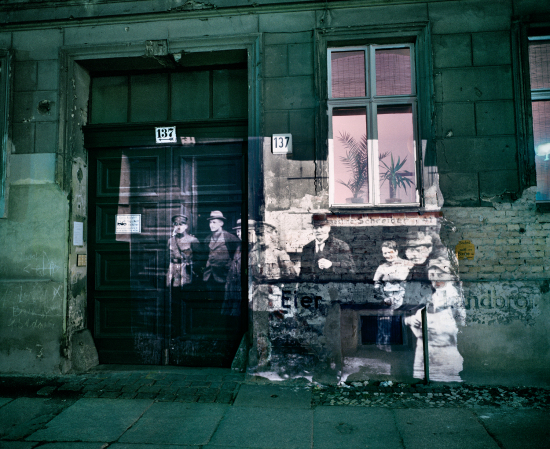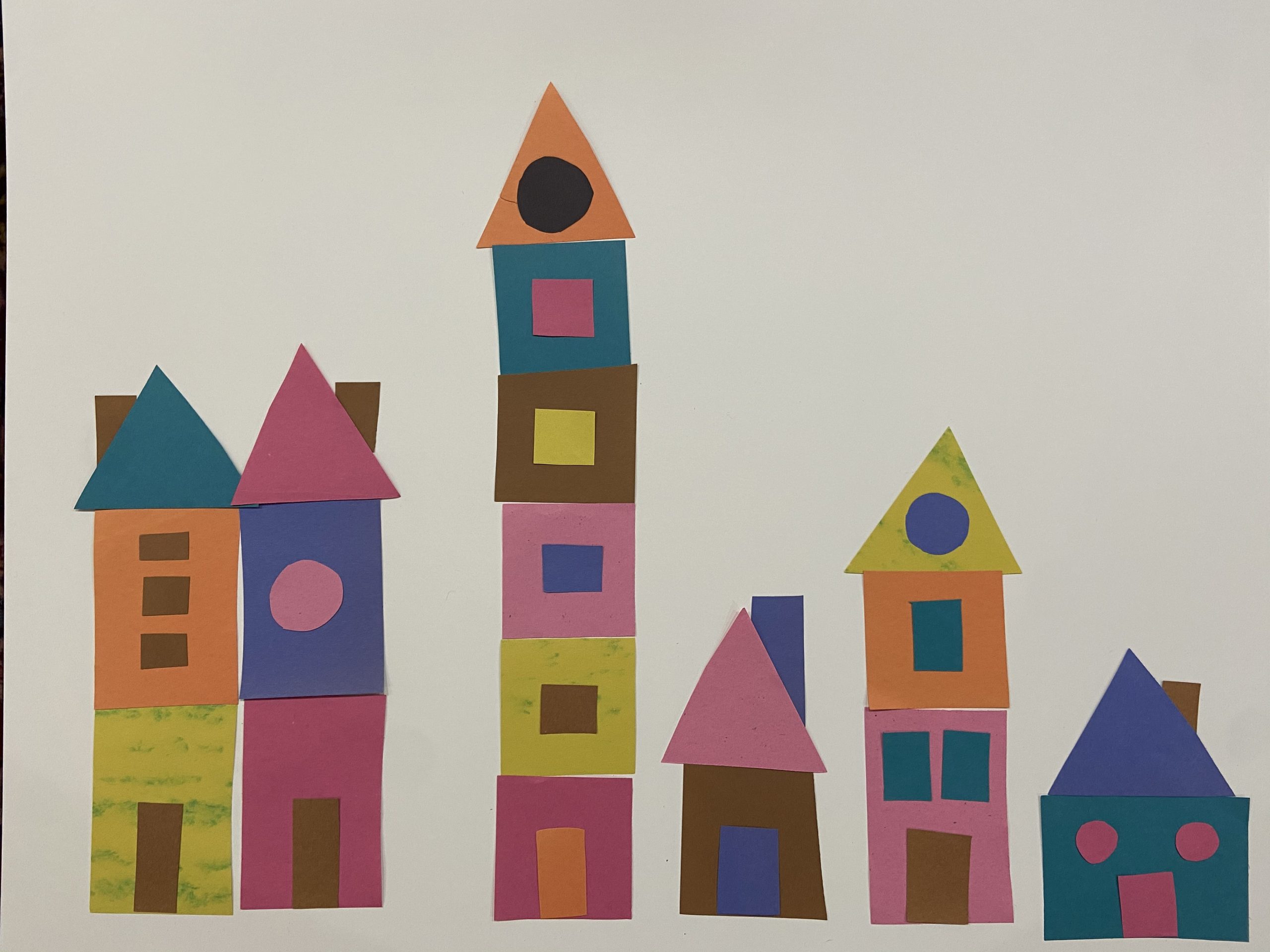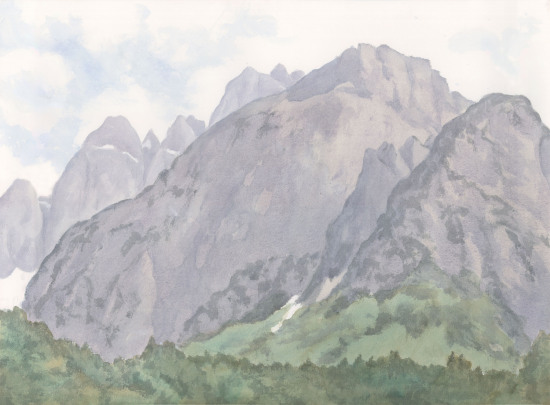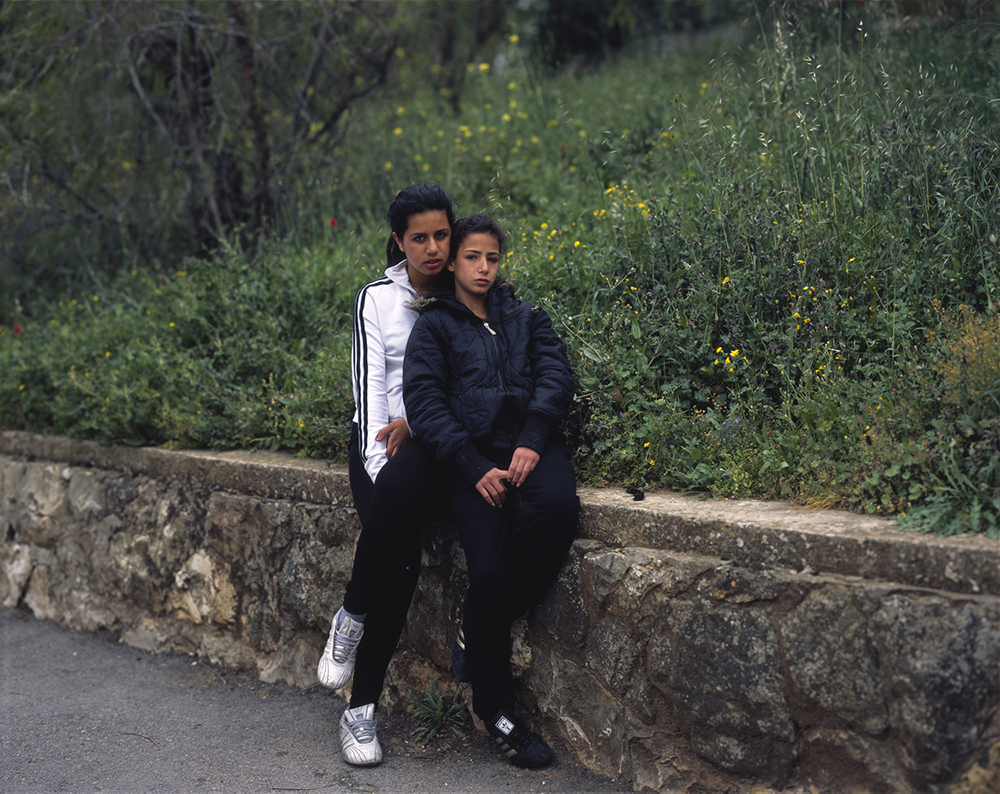EDU BLOG ARCHIVES
Lonnie Holley is a wise and imaginative person. Not only is he recognized for his visual art, but he is also an experimental musician, both of which have allowed him to travel around the world. His creativity comes from struggle, hardship, furious curiosity, and ambition. Born in 1950 as the seventh of twenty-seven children, his early life was tumultuous. His mother gave him away to a burlesque dancer and he never experienced a real childhood. At the age of eleven, he was sent to the Alabama Industrial School for Negro Children, a modern-day slave camp where Holley endured horrific treatment. “To some, there was no schooling,” he said. Holley states that he didn’t really know who he was until later as a teenager.
READ WHOLE POST [+]
Our intern Isabel curated poetry in response to Dis/placements: Revisitations of Home. The poems dive into this home/displacement dynamic, exploring shifting borders and disappearing communities, the tension between actual and emotional homes, the lives of homeless citizens, home in the context of the family and the struggle of being unable to return to home, and the ability of home to bear witness to personal history.
READ WHOLE POST [+]
Stout realized that this alter ego helped her get through a variety of personal and social issues, and as a result she started to mature into this person who she aspired to be. “Each of us knows who we really hope we could be. If we didn’t have societal and familiar constraints, people projecting things on us, who do we really want to be for us? That’s the process of self-discovery.” she explained in her Dis/placements Conversation with Thetyka Robinson.
READ WHOLE POST [+]
Birds, women, symbols of celebration, symbols of Chinese communism and at its core an uncertainty involving one’s self. Hung Liu’s work defies time with clashes of China’s rapid modernisation and desperate push against the past. Depictions of traditional Chinese art and culture are juxtaposed with bright slashes of red - a symbol of celebration in China and yet a harsh reminder of the communist rule and the bloodshed during the Civil War that displaced Liu.
READ WHOLE POST [+]
Hamid Rahmanian hoped to tell stories that created a different narrative about Iran and the Middle East. “Once you come here [to America], as an immigrant from a Muslim country, you realize that you are basically under attack; your culture, your self, everything you know about your past…and you know that you have a lot to offer to humanity, but it’s all under attack. Everything you hear about us is all negative. It’s all about issues.” Rahmanian hoped to use his creativity to tell a different narrative and did so by making four successful films while in Iran, but felt like an outsider in while in his native home, in addition to the United States.
READ WHOLE POST [+]
For his work in "Dis/placements: Revisitations of Home," artist Shimon Attie says the images he creates reflect where home might be, but also what home might mean. A big part of his work is searching for home, whether as a literal place or a metaphor. “Home can be inside of me. Home can be my sense of self. Home can be my family. Home can be where I live. Home can be where ancestors of mine once lived, once fled.”
READ WHOLE POST [+]
We asked our intern Allston Allison to complete one of the activities in our Teaching Resource packet created for the "Dis/placements: Revisitations of Home" virtual project. Allston chose this prompt: “Shape House: Provide an assortment of construction paper shapes: squares, triangles, rectangles, and circles. Have children glue a variety of shapes onto a large piece of construction paper to create shape houses. Ask them to describe their final project."
READ WHOLE POST [+]
Believing painting to be more about the process than the result, Riccarda de Eccher likes to provide the viewer with the least amount of message as possible while portraying what she wants to. She enjoys painting as large as possible, feeling that a smaller size would diminish the grandiosity of her subject. Watercolor is her paint of choice and is usually seen as a light and airy medium, yet she manages to provide both a serene and majestic feel to her body of work.
READ WHOLE POST [+]
"The Line Becomes A River" by Francisco Cantú, combines memoir with history, anthropology, and sociology to paint a full portrait of what the US-Mexico border means as both a place and a concept. Selected as this year’s College Reads book for the College of Charleston, "The Line Becomes A River" touches upon themes of displacement, as various characters move across borders in search of finding home again. Cantú writes with a lot of empathy and honesty, and some may say this memoir is an atonement for his time spent with the border patrol. In the author’s note, he notes that small impulses and interactions can begin to rehumanize people and systems. Although the book has been met with some controversy, it touches upon very important themes that are also conveyed through the work in our current virtual exhibition, "Dis/placements: Revisitations of Home."
READ WHOLE POST [+]
With a notebook constantly at his side, [Yaakov Israel] writes new ideas down and pursues the ones that continuously resurface, drawing inspiration from literature, film, and his surroundings. His first serious project was about the working-class neighborhoods of Southwest Jerusalem, the area that he grew up in, which combines interests he has in urban landscapes, and the idea that the residents of said neighborhoods maintain the city.
READ WHOLE POST [+]



